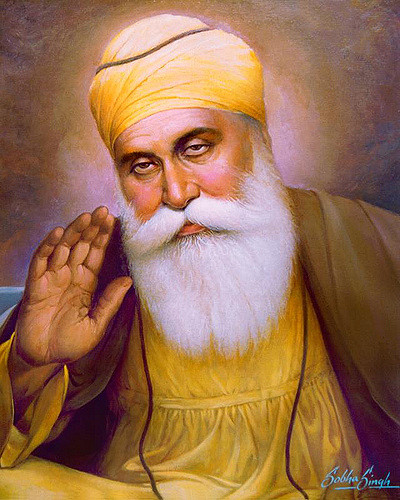
Guru Nanak is the Founder of Sikhism, the youngest and the fifth largest religion of the world, with a following of around 25 million worldwide. It is a monotheistic faith founded in the Punjab region of India more than 500 years ago. Most of the world’s 30 million Sikhs live in India, but more than 500,000 have made the U.S. their home.
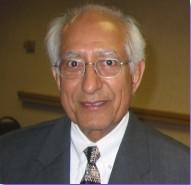
“Such was precisely the objective of Guru Nanak and his mission; to take his message across oceans and mountains to civil societies everywhere. Prevalence of similar culture,language, any particular religious belief, weather, landscapes, business opportunities, or political system was not a requirement to entice Guru Nanak. He had no plans to export or take with any ethnic people or language to the places he selected to visit. His whole object was to promote dialogues with religious people and promote interfaith engagement all over the globe towards the pathways to enlightenment and ethics of goodness. All is very clear when one examines the Guru’s dialogues and his travels closely.”
Guru Nanak’s Coming
Guru Nanak (1469-1539), the Founder of Sikhism, came to this world on April 15, 1469. He declared his ministry in November 1496 when he took on his journey to teach. He found the paths to enlightenment devoid of divinity; they were completely distorted towards unholy goals of the exploiters of people.
The powerful who often pretended to protect and spread their faith led to struggles that could only be resolved through the subjugation of the other resulting in bloody conflicts. There were score of instances where the rulers chose to protect their own skin by staying aloof that amounted to let the mighty prevail.
The religious leaders routinely concocted religious practices to thrust on people to serve many unholy interests. These interests were mutually supportive and were successful in designing a variety of concealed tricks to fool people who were seeking peace and salvation.
The religious institutions had devised beauty shows with religious practices that were intended to attract innocent minds. For example, they invented deities with accompanying stories, idols with descriptions of their powers, recitations to invoke imaginary deities, and rituals that buttressed each other. They asked people to erect stunning buildings to house gods and promised accessibility to gods at precise times, and places opened only through the expense of wealth, time, and inner energy. Altruism was perverted so that it only benefited clerics and clergy.
Many other tricks were implemented to speed a religion’s institutional agenda. For example, miracles were invented to convert people and to influence human behaviors. The religious myths were invented to answer real questions and then safeguarded those miracles and myths by un-testable threats and promises. Religious institutions built cults of external marks and body wrappings to encourage murders and wars against those who did not toe the line, or who were members of competing religions.
People were asked to invest a massive amount of money, time, and mind in ritualistic illusions and also in corrupted beliefs such as, either converting others or serving clergy with wealth or flesh that would guarantee heavens no one had ever seen. Above all, they used horrific fears to ensure compliance of all their tricks.
Guru Nanak’s Travel

Guru Nanak came out of his enlightening meditation at the Veni (Vein) River with fervent zeal to spread what he said was inspiration from the ONE CREATOR MANIFESTED IN ALL. He assigned a symbol of Ek-Onkaar to represent the Creator. He described the calling as to spread the universal message of NAAM – Mindful Awareness of Divine Presence, DAAN – Live Out the Culture of Altruism when Seeking Divine Benevolence, and ISHNAAN – Implement Ethics of Good Deeds that Cleanse Body and Mind
To accomplish his mission, Guru Nanak undertook four long journeys over a period of thirty-five years. He journeyed over 30,000 miles in over thirty years. Two faithful provided companionship; Bala, originally from a Hindu background and Mardana, coming from Muslim upbringing. The countries he covered included, India, Bangladesh, Bhutan, Pakistan, Tibet, Nepal, south-west China, Afghanistan, Iran, Iraq, Saudi Arabia, and Ceylon. Stories of his contacts are also being discovered from sources in Egypt, Israel, Jordan, Syria, and Rome.
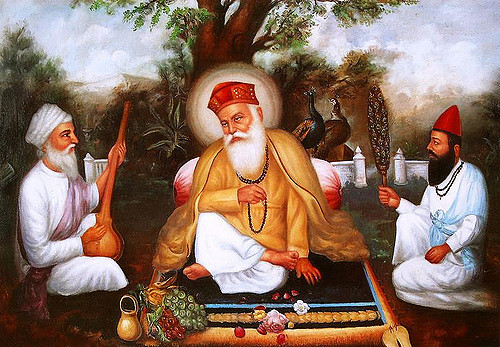
Mission Was Outright Universal
What is universal? Universal is that applies universally, that is, for “all similarly situated individuals,” regardless of geography, culture, race, gender, religion, nationality, or any other distinguishing feature. When one looks at Guru Nanak’s travels, teachings, and lifestyles, it becomes apparent right away that his visions, concerns, and approaches were all universal.
Let me explain the universality of Nanak’s mission a bit more as most of us as yet have not grasped the distinction.
One of our community leaders was visiting the USA sometimes ago. In our conversation over what he observed he stated his great satisfaction in this way. He said he was so pleased to observe that Sikhism was really becoming universal. No matter where he traveled, he always met Sikhs, and they were all flourishing. To him, it was not always like during his prior visits. I responded that his observation of meeting Punjabi ethnic Sikhs everywhere was heartening and was true, but Sikhi was not at all going universal no matter how many Punjabi Sikhs he found in how many unexpected places. This fact in itself did not bring universality to Sikhi.
Rather, Sikhi would be universal only when the teachings of our Guru would have practical appeal to civil societies in many countries within and beyond Northern Indian subcontinent, and many diverse cultures across the oceans practice it.
A universal is something — maybe a concept, an idea, a feeling, etc. — that can be shared in practice across different cultures and languages. When the concepts or teachings can be readily exported beyond the domain in which it originated, independent of exporting people practicing that concept.
For example, Christian idea of “God’, or ‘religion’ is practiced beyond its origins in the Middle-Eastern and Greco-Roman context. Native Americans, Black Africans and Caucasian alike have accepted Christianity. Western secularists have exported the idea of democracy beyond its European and American context. Buddhists and Hindus have exported the concepts of dharma, karma, meditation, yoga, transmigration, even Gandhi-ism, etc., beyond India. There are many more examples.
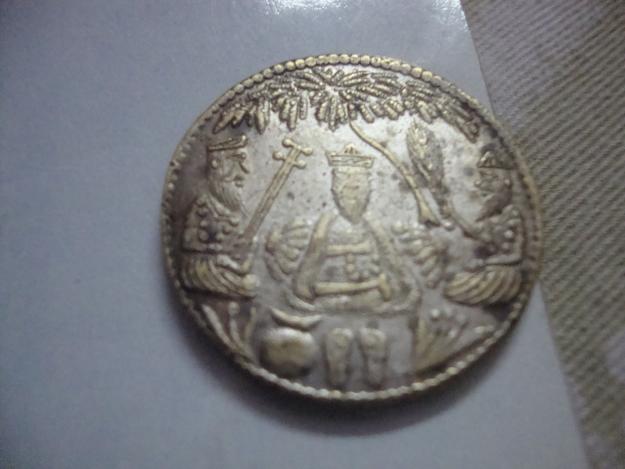
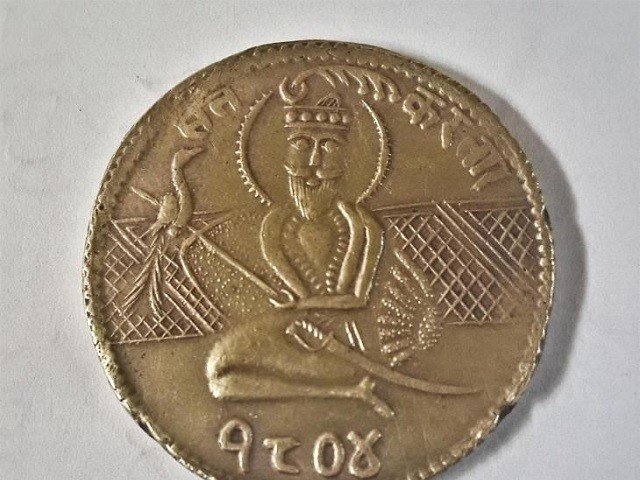
Such was precisely the objective of Guru Nanak and his mission; to take his message across oceans and mountains to civil societies everywhere. Prevalence of similar culture, language, any particular religious belief, weather, landscapes, business opportunities, or political system was not a requirement to entice Guru Nanak. He had no plans to export or take with any ethnic people or language to the places he selected to visit. His whole object was to promote dialogues with religious people and promote interfaith engagement all over the globe towards the pathways to enlightenment and ethics of goodness. All is very clear when one examines the Guru’s dialogues and his travels closely.
First of all Guru Nanak saw serious problems with the civil societies the world over. His objective was clearly to stir the hearts and minds of people everywhere and all over the world.
Guru Nanak gave a great deal of thought concluding that civil societies all over the earth were burning in the false belief systems. They were deprived of the divine wisdom, and Nanak heard them horribly desperate. As a result, Guru Nanak changed into the traveling mode and set an example of similar undertakings. He set on enabling the populace of the earth to overcome the darkness of ignorance.
Regarding Nanak’s religion, there is a famous quote. When, a Muslim scholar in Makkah asked Nanak about his religion, this was his answer. Qazi Ruknuddin asked Nanak:
“Fala Allah mazaboo”? (What is your religion?)
To that Guru Nanak responded:
“Abdulla Allah la mazaboo” (I am a man of God and belong to no religion.)
Guru Arjan then vouched that Guru Nanak’s teachings could be universally practiced by all four distinctive cultures of Hindu Society, namely, the Kshatriyas who were the nobility and the protectors of society., the Brahmana’s who provide education and spiritual leadership, The Vaishya who produced, and the shudras who served other sections of society through menial jobs.
ਖਤ੍ਰੀਬ੍ਰਾਹਮਣਸੂਦਵੈਸਉਪਦੇਸੁਚਹੁਵਰਨਾਕਉਸਾਝਾ॥SGGS, p. 747.
(The author is Professor and Chairman, Department of Pharmacology and Neurosciences at the medical college of the University of North Texas Health Science Center. Author of over 400 research papers, 26 books, several research reviews and 56 chapters in technical books, Dr. Lal is an authority on Sikhism. He serves as the Founder President of the Academy of Guru Granth Studies established for the promotion of scholarly works on the Sri Guru Granth Sahib. Based in Dallas, Texas, Dr. Lal can be reached atharbansl@gmail.com)



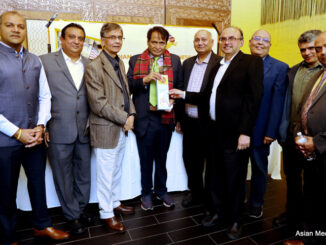
Be the first to comment